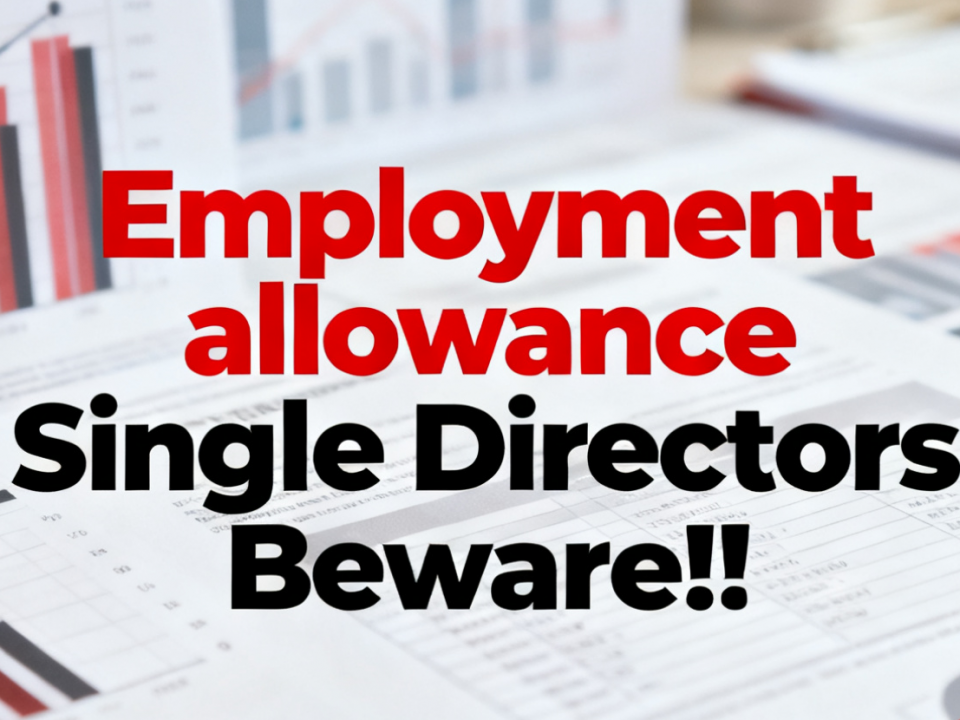Understanding Payments on Account: What You Need to Know
January 2, 2025The Pros of Incorporating Your Buy-to-Let Portfolio
January 8, 2025Understanding the Difference Between Revenue and Capital Expenditure for Buy-to-Let Properties
Time to Read: 5 minutes
When managing a buy-to-let (BTL) property portfolio, understanding the difference between revenue and capital expenditure is crucial. This distinction affects not only your accounting but also the tax treatment of expenses. Misclassifying these costs can lead to incorrect tax filings and, potentially, penalties from HMRC.
Let’s break down what these terms mean and how they apply to BTL properties.
What is Revenue Expenditure?
Revenue expenditure refers to the costs you incur in the day-to-day running of your buy-to-let properties. These are expenses required to maintain the property in its current state or generate rental income. Importantly, revenue expenses are generally deductible from your rental income when calculating your tax liability.
Examples of Revenue Expenditure:
- Repairs and maintenance (e.g., fixing a broken boiler, repainting walls, or repairing a roof leak).
- Regular property management fees.
- Letting agent fees.
- Insurance premiums for the property.
- Professional fees.
- Utility bills and council tax (if not covered by tenants).
Tax Treatment: Revenue expenditure is deductible in the year it is incurred. For example, if you spend £2,000 on roof repairs in March 2024, you can deduct this amount from your 2023/24 rental income.
What is Capital Expenditure?
Capital expenditure involves spending on improving, upgrading, or adding value to a property. These costs are not about maintaining the property but enhancing its value or extending its life. Unlike revenue expenses, capital expenses are not immediately deductible. Instead, they are added to the property’s “cost base” and may reduce your Capital Gains Tax (CGT) liability when you sell the property.
Examples of Capital Expenditure:
- Installing and upgrading a new kitchen or bathroom.
- Adding an extension or loft conversion.
- Replacing single-glazed windows with double glazing.
- Structural improvements like damp-proofing or rewiring the entire property.
Tax Treatment: Capital expenditure is not deductible against rental income. Instead, it is used to adjust the property’s base value for CGT calculations. For example, if you spend £15,000 on a new extension, this amount can be subtracted from the property’s sale proceeds when calculating your CGT liability.
Why the Distinction Matters
- Immediate Tax Relief: Revenue expenses provide immediate tax relief by reducing your taxable rental income, helping you manage cash flow effectively.
- Long-Term Planning: Capital expenditure may not benefit you immediately but can significantly reduce your CGT liability when you eventually sell the property.
- HMRC Compliance: Misclassifying expenses can lead to penalties or additional tax bills. HMRC scrutinises claims for large-scale repairs or improvements to ensure they are classified correctly.
Common Pitfalls to Avoid
- Confusing Repairs with Improvements: Replacing a broken window counts as a repair (revenue expenditure), but upgrading single-glazed windows to double glazing is an improvement (capital expenditure).
- Blurring the Lines: Some expenses can have both revenue and capital elements. For instance, renovating a property for the first time to make it rentable might involve repairs (revenue) and upgrades (capital). Keep detailed records and consult a tax advisor to allocate these costs correctly.
- Claiming Personal Costs: If you use a property for personal purposes before renting it out, expenses incurred during this period are not deductible.
Practical Tips
- Keep Detailed Records: Maintain clear documentation for all expenses, including receipts, invoices, and contracts. This will help you substantiate your claims during a tax audit.
- Separate Revenue and Capital Costs: Use software or spreadsheets to track your expenses, categorising them into revenue and capital expenditure.
- Consult Professionals: Work with an accountant or tax advisor who specialises in property to ensure your expenses are classified correctly and you maximise tax efficiency.
Final Thoughts
Understanding the difference between revenue and capital expenditure is vital for any buy-to-let landlord. Proper classification ensures you’re not overpaying tax while staying compliant with HMRC’s rules. By keeping accurate records and seeking professional advice, you can optimise your property’s profitability and long-term value.
If you have any questions about managing your property expenses, feel free to contact us for expert guidance.



